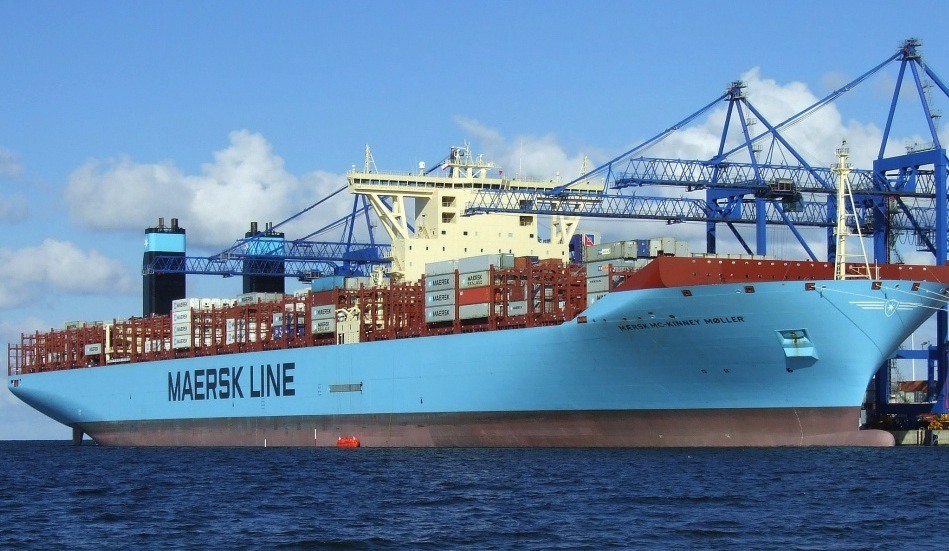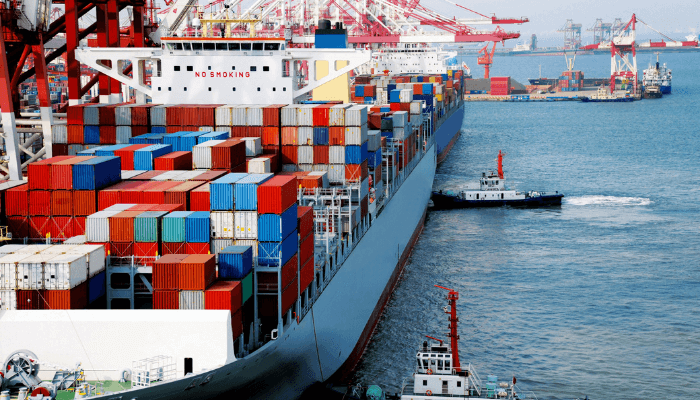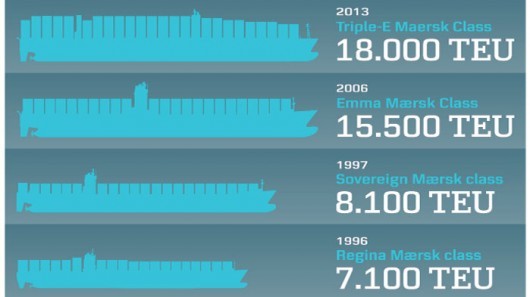Maersk’s Triple-E Vessels: The World’s Largest Container Ships Might Change the Face of Shipping Industry
Economy of Scale, Energy Efficiency and Environmentally Improved – Theses three ‘E’s define Maersk’s Triple-E Vessels which are purported to set a new shipping industry benchmark for size and fuel efficiency.
The creation of ten Triple-E vessels, with each having the potential of carrying 18,000 twenty foot containers, would benefit the shipping industry, and Maersk Shipping Line would shoot up the ladder of fame. The enormous size of these vessels is another domain of significance. Eco-friendliness adds up to the value.

Specification
- Maersk’s Triple- E Vessels, being gigantic four hundred meters long, 59 meters wide and 73 meters high, is undoubtedly the largest vessel, of any variety, sailing on water, in today’s world.
- A ‘twin-skeg’ propulsion system consists of two propellers, with 9.8 meters in diameter and 4 blades each. The engine is an ultra-long-stroke one, operating with a lower number of revolutions, producing a total power of 30,000 KW.
- The Triple-E class vessels aim at reducing the power wastage and its machinery comprises of a waste-heat-recovery system, which remarkably saves up to 10% of main engine power, which statistically equals an average annual electrical consumption of 5,000 European households.
- U-shaped hull highlights a marked difference with other traditional container ships and allows a lot more space while 23 rows (one extra than Emma Maersk) boost additional capacity.

- The Maersk container ships are also capable of travelling 184 kilometres, using one kWh of energy per ton of cargo; whereas, a jumbo jet uses the same amount of energy per ton of cargo, to move just half a kilometre.
Economic Significance
At a noteworthy cost of USD 190 million per vessel, Maersk Line is buying the world’s largest ships as an interest to profit from the 5–8 % growth in trade from Asia to Europe that the company expects, and simultaneously maintaining the industry leading market share in the trade, that it already possesses.
The Maersk shipping company would possibly use these ships for the transportation of stuff ranging from gadgets to groceries, shuttling between Asia and Western ports that are spacious and good enough to handle them, which include Rotterdam in the Netherlands and Felixstowe in England. As per records, it is a known fact that the U.S. ports are too small to handle the vessels.
Environmental Significance
The special design of the Triple-E enables these largest container ships to produce 20 percent less CO2 per container moved, compared to Emma Maersk and 50 percent less than the industry average on the Asia-Europe trade lane. With further notice, the vessel would not consume more than approximately 35 percent less fuel per container, than the 13,100 TEU vessels being delivered to other container shipping lines in the next few years, also for Asia-Europe service.
Long a green innovator, Maersk Shipping believes in following a disciplined and elaborate environmental policy and, a few years ago, it pioneered to become the first shipping company to study independently its fleet’s CO2 emissions. Many people considered the number of miles a product had to travel when thinking about its impact on the planet, and Maersk wanted a detailed observation and to understand precisely the working of a product’s whole carbon life cycle, in order to assist them be more efficient and apt for proper industrial use.
Shipping, arguably, is considered the most efficacious form of transport, but that does not mean that the industry can ignore its destructive contribution to global warming. Maersk shipping tries to counter it by buying and aiding the construction of more eco-friendly ships, thus bringing down its impact on the atmosphere. Maersk shipping also tries to set a green example for container shipping. Here’s sincerely hoping that more companies will do the same, contribute at changing the face of shipping industry and concentrate on making the earth a better place to live in.
Maersk shipping aims at meeting the growing needs of a growing population while minimising the impact on the environment, beyond their lifecycle. Maersk container ships are also way advanced in dealing with the recycling of the vessels. The vessel’s ‘cradle-to-cradle passport’ records and maps out all the materials and ingredients that are used to construct the Triple-E class ships; which in turn, implies that when the vessel is retired from service, the preserved document would ascertain that all materials do not prove to be a waste. Instead, they are put to good use through recycling, and some are disposed, if required; and these actions are carried out under safe and dependable conditions, and in the most effective manner.
References: Maersk
Do you have info to share with us ? Suggest a correction
Subscribe To Our Newsletters
By subscribing, you agree to our Privacy Policy and may receive occasional deal communications; you can unsubscribe anytime.





very informative, thanks for the same.like to know which carrier MSC or Maersk do have bib best cotainer carrier
Good day
Thanks and Regards
Terrance
Dear Sir /Madam
We are a Ugandann company who are out sourcing ship manufacturers for our clients here in East Africa,
If you are interested in supplying us please can we have your catalog of the categories
We are based in East Africa but we extend our business to Congo, Rwanda, and South Sudan .Upon your acceptance to supply us we will avail you with full contact details .
We hope to get your response at your earliest convenience
Regards